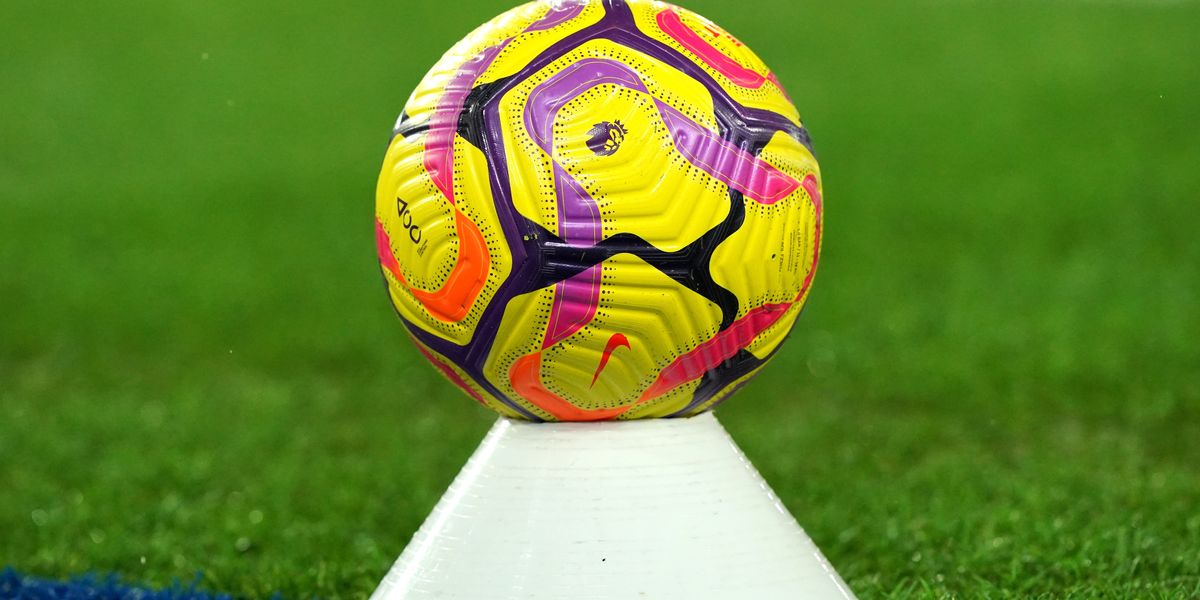The Metropolitan Police has submitted a full file of evidence to the Crown Prosecution Service regarding a Premier League footballer accused of rape.
The decision by detectives to ask prosecutors to consider potential charges against the leading player is expected to send shockwaves through his club.
The high-profile international footballer, who cannot be named for legal reasons, has been under investigation for multiple allegations of sexual offences.
The player was initially arrested in July 2022 at a property in Barnet after a woman in her 20s reported allegations to police.

The Metropolitan Police has submitted a full file of evidence to the Crown Prosecution Service regarding a Premier League footballer accused of rape
PA
He was subsequently arrested over two additional rape allegations involving a different woman in her 20s, reportedly taking place in April and June 2021.
In February 2023, the footballer was questioned under caution regarding a separate alleged sexual offence involving a third potential victim.
Police later confirmed no further action would be taken regarding the 2021 allegations.
The investigation has continued into 2023, with the suspect attending a police station for further questioning under caution in November.
The Metropolitan Police confirmed their investigation covers alleged offences between 2021 and 2023.
The investigation has been described as lengthy and complex, involving multiple allegations of rape, according to The Telegraph.
A Met Police spokesperson told Telegraph Sport: “Met officers are investigating following a number of reports of alleged sexual offences between 2021 and 2023.”
“A full file has been passed to the Crown Prosecution Service (CPS) and detectives continue to work with prosecutors.
“Those who have come forward to police continue to receive support from Met officers.”
The player remains under contract at his club as one of their highest-paid stars, earning hundreds of thousands of pounds weekly.
Despite the ongoing investigation, he has continued to play regularly in the first team, drawing criticism from some politicians and women’s groups.
His club has never commented on his arrest.
























+ There are no comments
Add yours